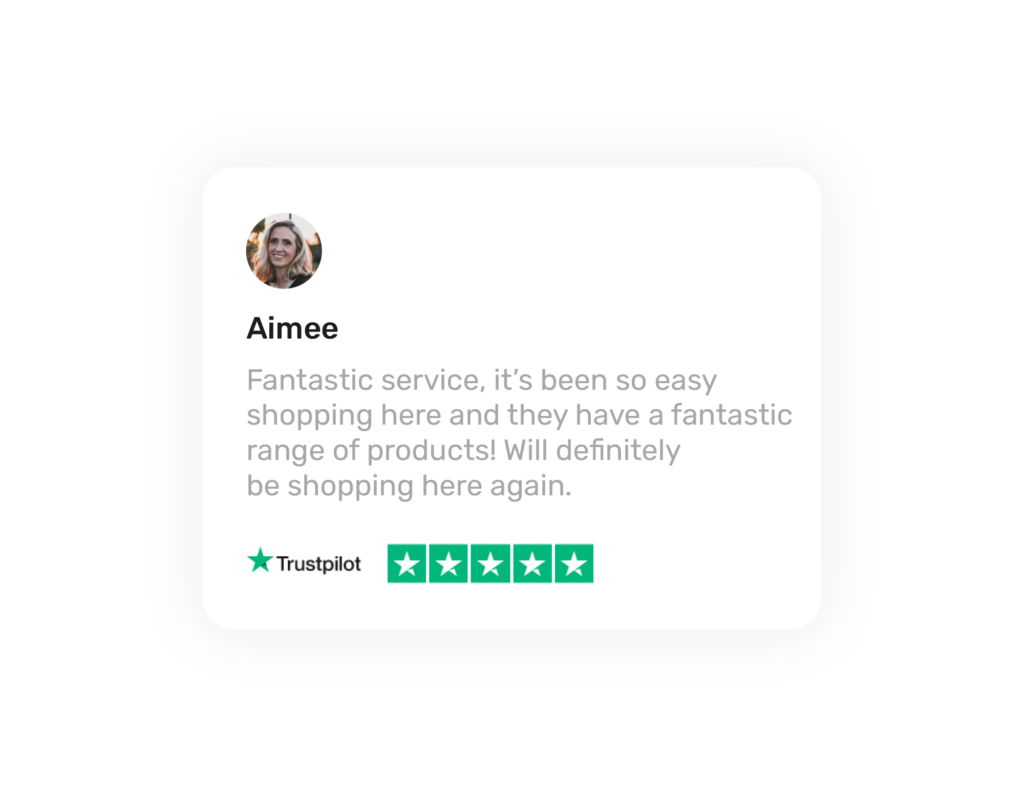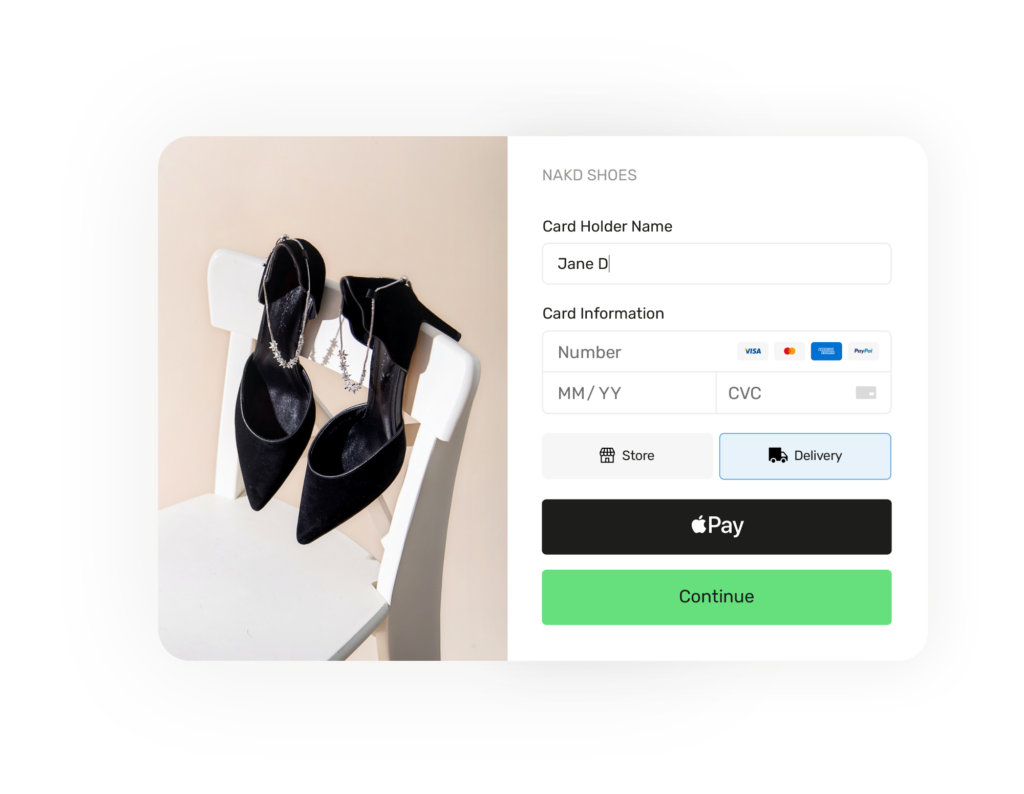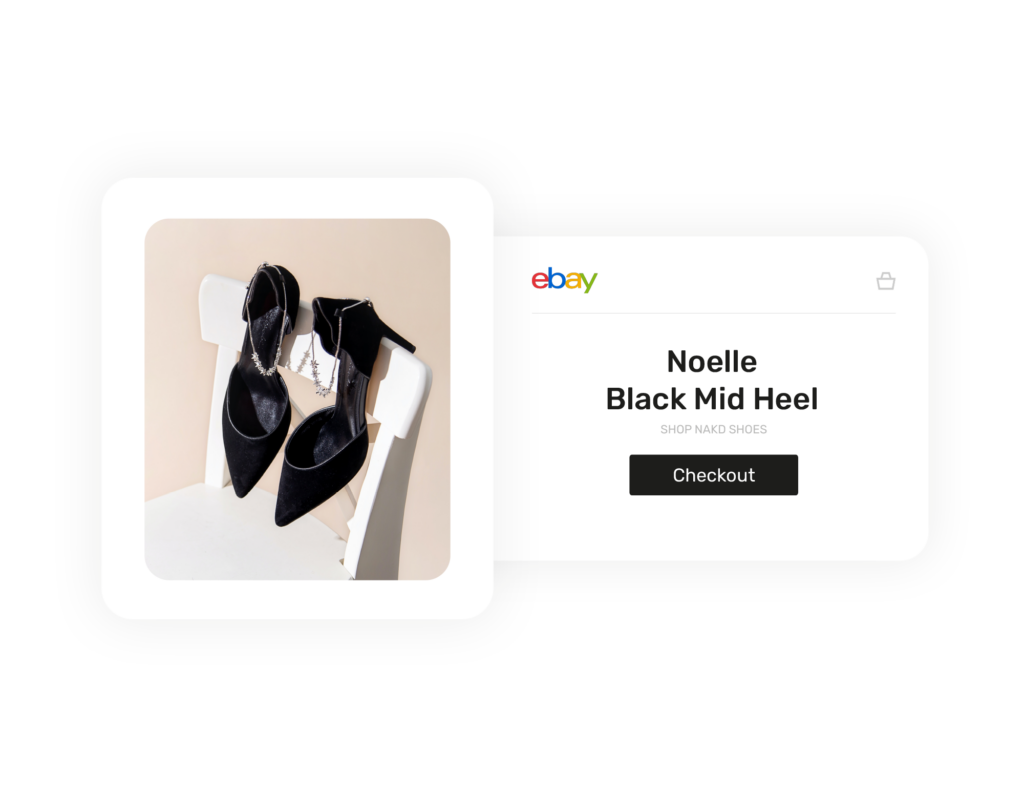
Starting your own online store is an exciting adventure with endless possibilities thanks to the billions of people using the internet worldwide! However, scaling a business is a significant step for any e-commerce venture and can be challenging. Even if your business is growing organically, there are important actions you need to take to keep up with the growth. Neglecting this will result in you losing the progress you've already made.
To understand the fundamentals of scaling your e-commerce business, let's use a simple analogy. Think of your business as a building. Just like constructing a sturdy building, you need a strong foundation. You'll also need the right resources and workforce to gain momentum and complete the project. Finally, you can add the finishing touches and design details to make it truly shine. Your website needs just the same attention.
Deciding to scale your business is a major decision and a huge step forward. Before we begin, it's important to highlight that you shouldn’t rush into this too early in the business journey. Attempting to scale without a proper foundation in place is a common mistake that can have serious consequences. Without the ability to maximise revenue, achieving a positive return on investment (ROI) becomes extremely challenging.
So, without further ado, let’s walk through the key steps to successfully scaling your e-commerce business:
Returning to our building analogy, we can think of scaling a business like building a house—without a solid foundation, any growth you achieve will be at risk of collapsing. It's never too late to evaluate your business's foundation and ensure you have the right infrastructure in place. Let's explore the key areas you should focus on when strengthening your business’ foundation:
To succeed in e-commerce, it's important to understand how your customers interact with different social media platforms. Each platform has a unique customer journey, and treating them all the same can be a costly mistake. Tailor your approach to cater to the behaviour and preferences of your target audience on each platform to stay competitive.

SEO doesn't yield immediate results—it can take up to a year for your efforts to pay off. Start implementing an SEO plan as early as possible to get on the right track. If you've overlooked SEO and already have an established business, expect around six months to repair any damage and see the desired outcomes. Begin by researching your business niche and identifying relevant keywords to target in your content; remember not to make the mistake of solely focusing on ranking for your business name! Instead, optimise all your content to meet Google's expectations and attract relevant traffic. Investing effort into SEO not only boosts visibility but also enhances the user experience for your website visitors, leading to improved conversion rates.
It’s impossible to grow your business without marketing. Even if you already have customers, a strong marketing strategy is vital to maintain momentum and sustain growth. Prioritise leveraging social media and email marketing; two-thirds of people will abandon their shopping carts, but email marketing can act as a key reminder and incentivise customers to go back and buy. Implementing pop-ups and opt-ins on your website helps grow your database and convert first-time visitors into loyal customers.

Customer service is essential for building loyalty, earning positive reviews and establishing trust. As you scale your business, you’ll need to have a system in place to address any potential issues from the beginning. Naturally, business growth comes with an increase in customers and, statistically, more complaints. Planning and strategising how to handle customer issues in advance can make or break your e-commerce business.
This involves two key objectives: attracting new customers and retaining existing shoppers. The sales funnel can be divided into three stages: awareness, interest and decision:
Awareness - attract potential customers by addressing their pain points.
Interest - engage interested customers with targeted campaigns.
Decision - convert browsers into buyers through optimised site experiences and remarketing efforts.
Driving traffic to your e-commerce store is a no-brainer for its success. While SEO and social media campaigns are valuable, they may not deliver immediate results. To effectively scale your traffic alongside your business, a strong Google Ads strategy is essential. Focus on Google Shopping and search campaigns to attract new customers and remarket to previous online store visitors.
To ensure your brand reaches your target customers on Google Search results, it's important to please the algorithm. Google aims to display relevant results to its users, so if visitors come to your website through specific keywords but don't make purchases, the algorithm may not consider it relevant. Increase your chances of ranking higher by focusing on conversions through offering coupon codes or streamlining the checkout process to encourage visitors to make purchases.

It's crucial that you constantly revisit your software infrastructure. Take a comprehensive look at key areas such as customer relationship management (CRM), accounting and email marketing software. Additionally, invest in inventory management and warehouse management solutions to accommodate higher volumes.
With the foundations in place, you now need to embrace adaptability and evolution as your business expands. It’ll become imperative to foster growth within your team and upgrade your technological capabilities accordingly:
While it might seem repetitive, customer service should never stop being a top priority at any stage of your business’ journey. At this point, consider creating a loyalty program that encourages constant customer growth while still rewarding existing customers.
While we’re on the subject, you also need to factor in that customer reviews are a vital part of increasing conversions and building brand trust. It’s estimated that as many as 69% of shoppers want to see more reviews on online stores, which means adding them to your store is essential to increasing the number of new shoppers you convert.
User-generated content (UGC) is a combination of word-of-mouth advertising and customer reviews. You can easily encourage your shoppers to share UGC via competitions, promotions or hashtag campaigns on social media. This will help get your brand front and centre on shoppers’ social accounts.

Don’t forget as well as your own e-commerce website, you can make your products or services available on other platforms, like the Amazon Marketplace or eBay. By leveraging other sales channels, you extend your reach and by extension, can earn more sales!
As you grow it’ll be tough to keep up with the increasing momentum required for picking, packing and shipping your products. To avoid feeling overwhelmed, it’s worth thinking about using a third-party shipping and fulfilment solution. This should leave you enough time to concentrate on product development and your marketing efforts.
To scale your e-commerce business efficiently and cost-effectively, automation is key. From automated emails to streamlining PPC campaigns, look for areas in your operations that you can automate and drive growth.
Expanding your team is probably one of the most exciting parts of growing your business! At a certain point, this is necessary to put an end to employees having to multitask; which can prevent them from excelling in their strengths. Consider dividing or creating new roles to encourage improved productivity.
At this stage, your e-commerce business has come a long way and you’re ready to grow it to the size you’ve always dreamt of! You’ll thank yourself later if you use this time to plan for the inevitable challenges that lie ahead:
As order volumes increase, you may start to encounter capacity or quality constraints from your suppliers. To mitigate these challenges, fostering strong and reliable partnerships with them is crucial. By building relationships based on shared growth and success, you can align their interests with yours.

While sales fluctuations are common, this doesn’t mean you can’t proactively prepare for them. Develop a robust strategy that anticipates these sales downturns and constantly evaluate and explore opportunities to expand or adapt your product lines. This will ensure your business remains agile and stays ahead of stagnation.
Love it or hate it, influencer marketing is here to stay and is one of the best ways to get your product in front of a large audience. The power of influencer marketing is trust. If a customer follows someone they trust, and that person tells them to buy something, they likely will!
Remember that as well as social media marketing and SEO, you can tap into an additional avenue to generate website traffic through the Google Display Network. This platform enables you to retarget potential customers who didn't convert, giving you an extra opportunity to boost sales.
As your order volume grows, the unfortunate reality is that fraud incidents are likely to increase as well. To tackle this, integrating reliable fraud management software becomes indispensable. These tools leverage advanced technologies such as machine learning, geolocation and sophisticated authentication methods to safeguard your business against fraudulent orders. The good news is there are plenty of user-friendly and highly effective fraud management systems readily available.
Once you've made the brave decision to scale your e-commerce business, you’ll always need to maintain momentum through tracking, evaluating and making necessary adjustments. Take a step back and assess your progress and the effectiveness of your scaling strategy. Are you witnessing the desired outcomes within a reasonable timeframe? Identify what has worked well and what hasn't, enabling you to refine your approach.
While every business is different, this blog will hopefully serve as a handy reminder of some of the most important things to consider to ensure you scale your business the right way. Remember, the journey to success will always be an ongoing process of adaptation and optimisation. Stay vigilant, be open to making necessary adjustments and you’ll be well on your way to unlocking the full potential of your e-commerce business!
Get started on your e-commerce journey here…